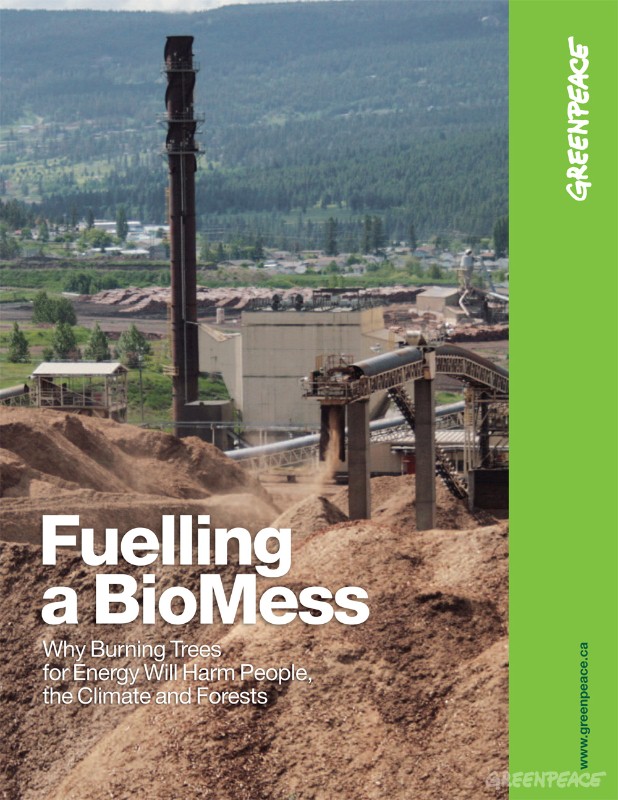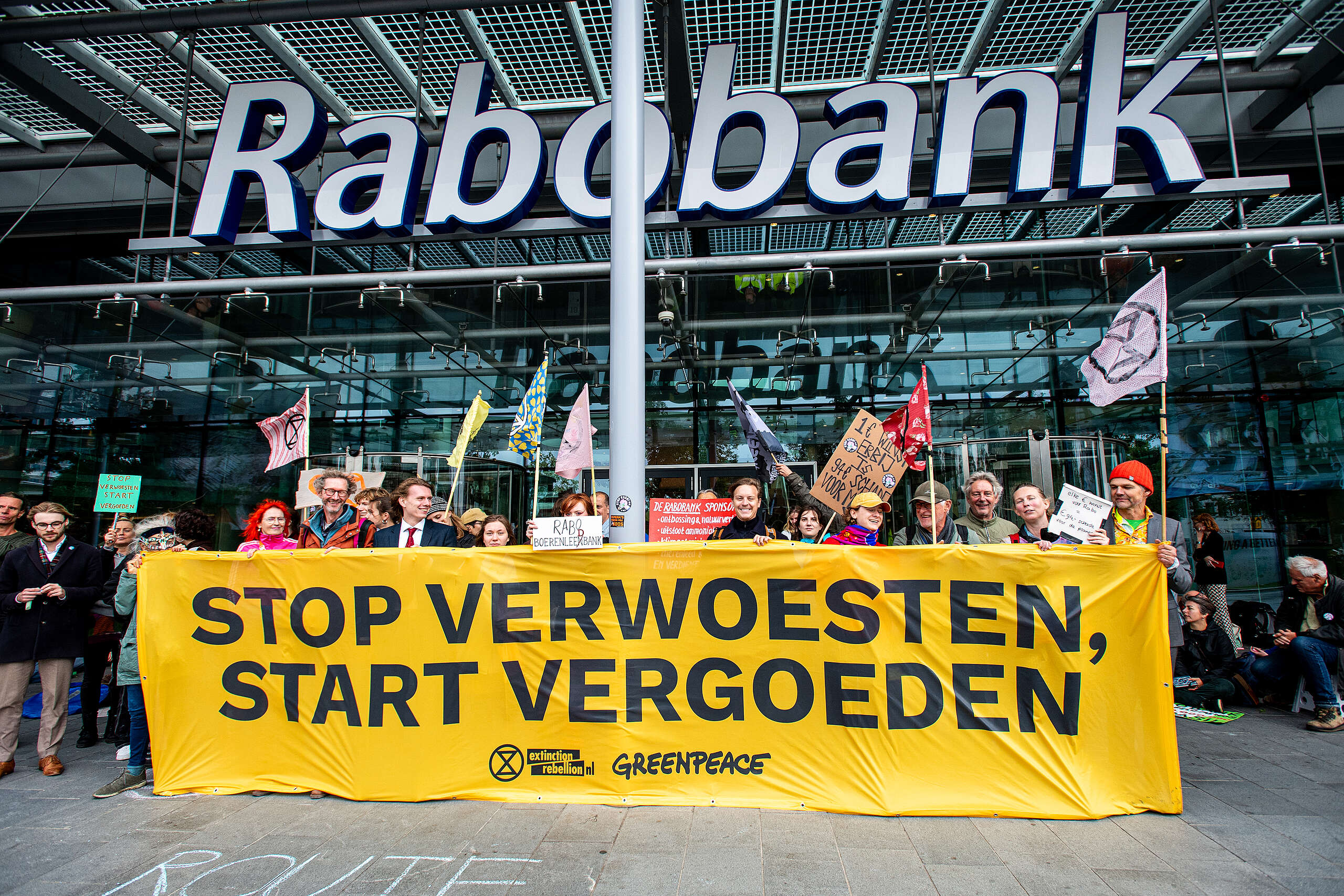In the past decade, a laundry list of living matter – trees, logging slash, agricultural crops, grasses, peat, algae, etc., otherwise known as biomass – has been targeted as potential alternative sources for the generation of heat and electricity, as well as feedstock for the production of biofuels. In a vast country like Canada, where forests cover more than 41 per cent of the landbase, a multibillion dollar forest biomass for energy – or “bioenergy” – industry is emerging. The use of forest biomass for heat and power is already widespread in Canada, the United States and the European Union. Biofuels from wood – i.e. cellulosic ethanol or second generation biofuel – still face technological limitations and high costs. With new technologies and investments, however, forest biofuels might become a major player in the years to come.
Fuelling a Biomess
In an attempt to escape from our addiction to fossil fuels, policy-makers have begun to look to new sources of energy.




